Food of Italy: 12 Facts You Didn’t Know

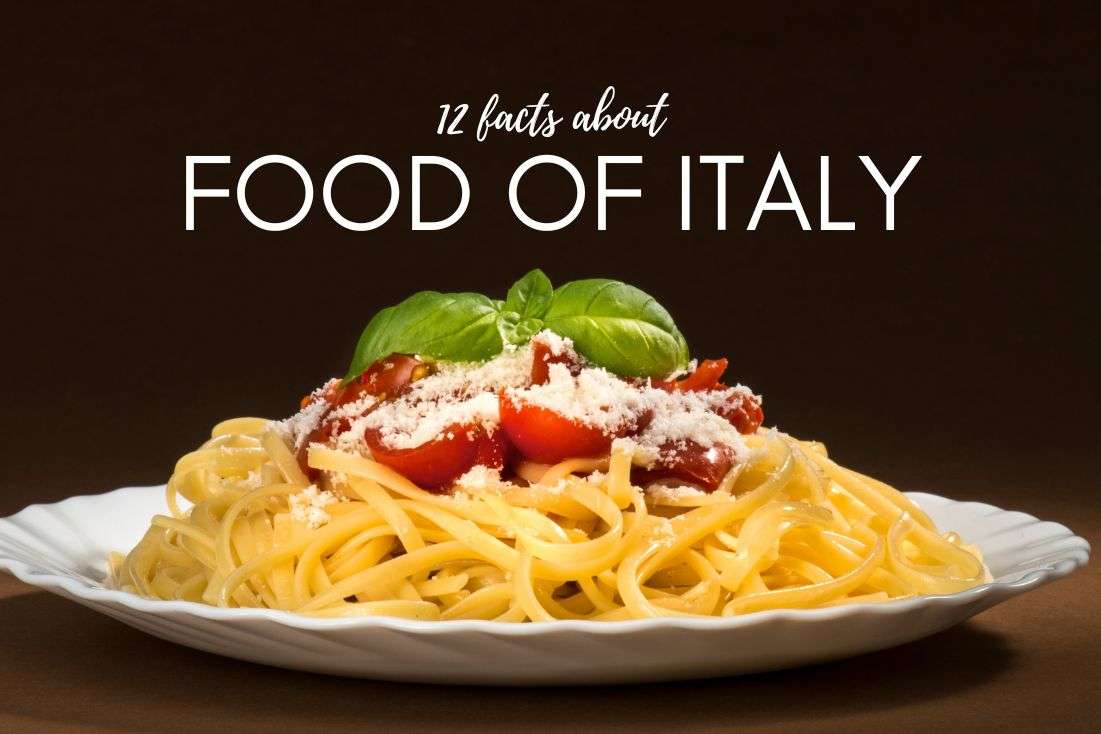
Italian cuisine is world-renowned, especially for pizza and pasta. However, that’s not even remotely all it has to offer. And you will be surprised how many things you thought as Italian are not even from Italy. Get ready for the ultimate fact guide to Italian cuisine and food-related facts.
You might also be interested in reading:
- Cinque Terre Itinerary for 2 Days: A Perfect Weekend Trip
- Travel Tips for Italy: 10 Things to Know Before You Go
- A Sceptic Visits the Turin Shroud: It Sucks and It’s Fake Anyway
- What to Do in Turin: 9 + 1 Places to Visit
1. There’s no national food of Italy
Ok, this will be tough to understand for lots of people, but it’s not actually a good idea to order pizza in Lombardy and lasagna in Sicily. That’s just not how it works and if you try it, the locals would think you’re an uncultured idiot. So the number one rule is: when in Italy, always eat regional! The locals will be happy to brag about their original dishes, so the easiest thing to do is just ask the locals and enjoy the diversity.
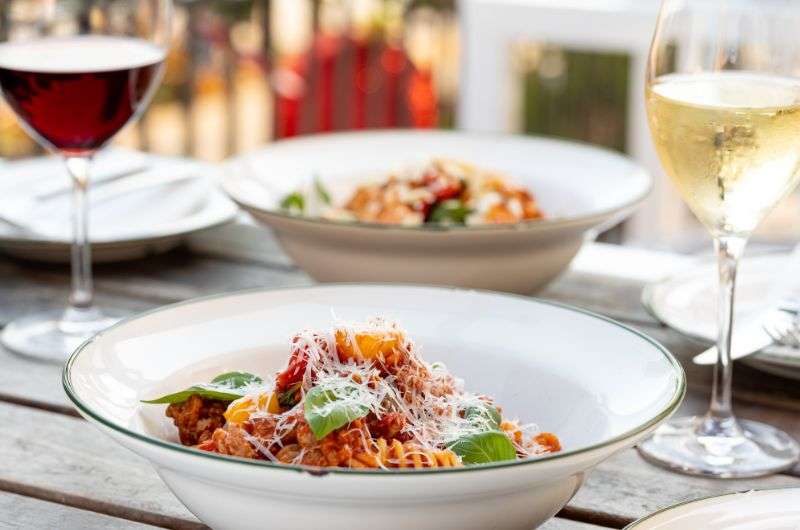
Buon appetito!
2. Breakfast isn’t the most important meal of the day
In Italy, they don’t do big breakfasts. In fact they usually don’t eat breakfast at all. As insane as it might seem to us, Italians are used to having just a shot of coffee in the morning and going to work. If there is any breakfast, it’s always sweet and light though. So don’t even try to look for scrambled eggs and bacon. The Italian classic breakfast is “caffé e cornetto”, which is simply an espresso and croissant.
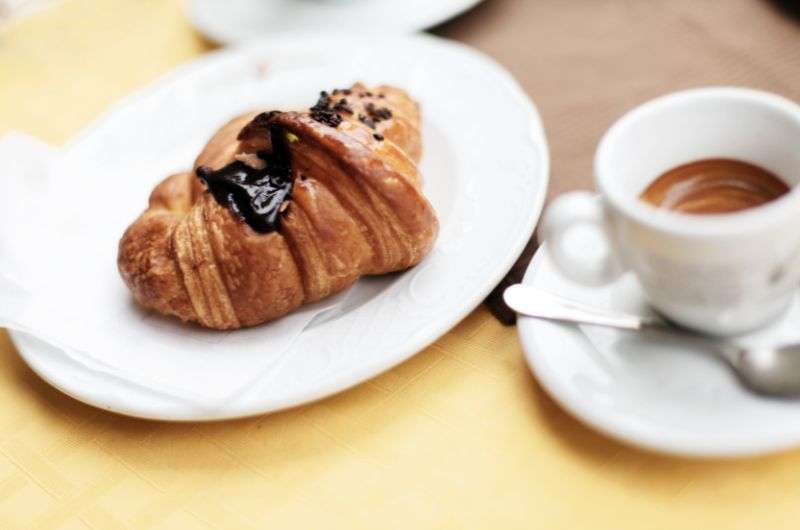
Coffee and croissant is a perfect Italian breakfast
3. Frappuccino and macchiato are nonsense
Yep, all the fancy-sounding kinds of coffees are western inventions. Of course, you can get cappuccino, frappé or some of the other rubbish, but Italians like to keep it simple. They mostly drink plain black espresso and they drink it as a shot. It’s not usual to sit and sip one coffee for an hour. You get the espresso shot, you drink it and you’re ready for the day. The only exception being breakfast, when sometimes a coffee with milk is ordered.
Fun fact: Talking about coffee, did you know that the famous Moka pot was invented by Alfonso Bialetti in 1933? Thanks to its simplicity it then quickly spread all over the world.

Moka comes from Italy!
4. The only real pizza is from Naples
Although it’s arguably the most popular food all around the world, the only “real pizza” is from Naples, where it originated in the 19th century. There’s a story about a cook named Raffaele Esposito who was supposed to make a pizza for Queen Margherita of Savoy on her visit to Naples in 1889. He made one with tomatoes, mozzarella and basil as the representation of the Italian flag (tomatoes for red, mozzarella for white and basil for green). Although he made several others, they say that the Queen declared this one as her favourite, so that’s why it later became known as pizza margherita.
The Neapolitan pizza is distinctive by its very thin crust and it should be baked at a very high temperature (480 °C/ 896 °F) in a wood-fired oven.
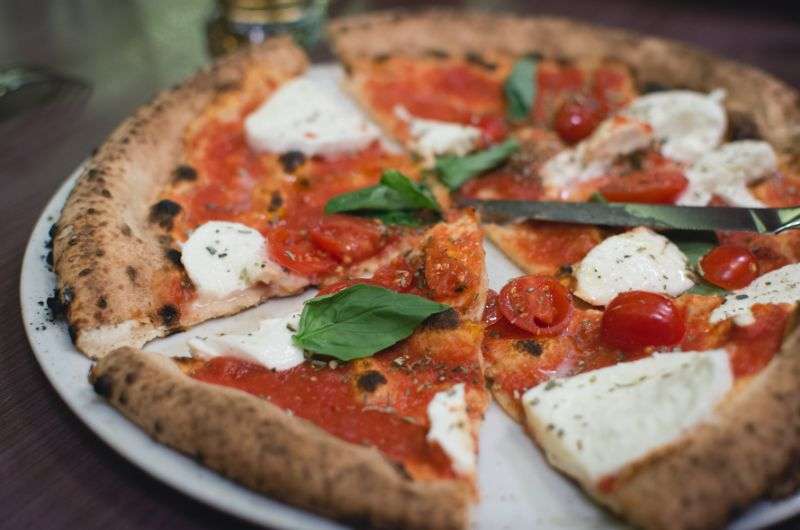
The traditional Neapolitan Pizza
5. The Coperto is not a tip
Don’t be surprised to find an extra item on your bill in a restaurant called Coperto. It’s usually from 1 to 5 euros per person, but it’s not a tip, as it doesn't go to the waiter. What are you paying for then? Well, it’s basically for service expenses related to your dining (the seat, the cutlery, the tablecloth etc.). It may seem odd to us, but in Italy it’s completely normal. Regarding the tip, it varies from region to region too. In the north, it’s not common to leave a tip at all, in the south it’s customary to leave some according to your satisfaction with the services.

6. Spaghetti with meatballs is American meal
Yep, you can enjoy that at a family dinner back at home, but don’t expect that in Italy. The way of serving spaghetti, or pasta for that matter, again differs region by region. Generally it’s usually a light meal with seasonal products, herbs, seafood or minced meat. The famous spaghetti alla Carbonara comes from Rome while the Pesto sauce is distinctive for the Liguria region.
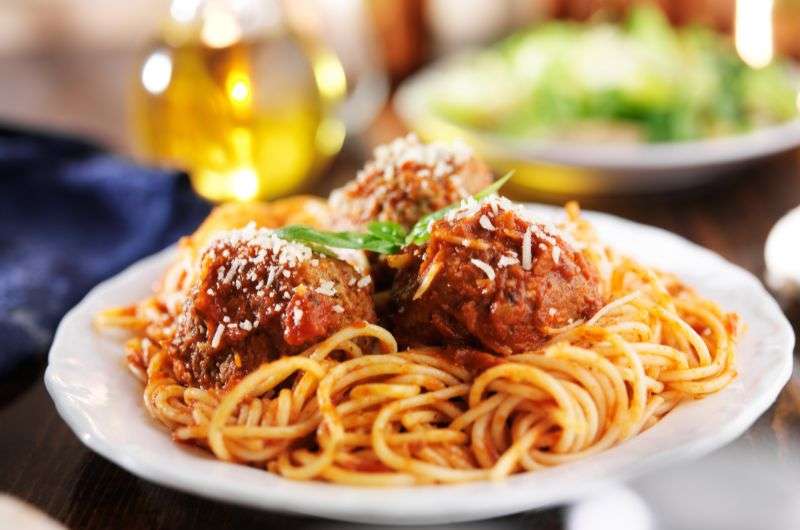
Spaghetti with meatballs
7. Spaghetti Bolognese are in fact a tagliatelle with ragout
Again, it won’t make any sense for an Italian to order a Spaghetti Bolognese in Rome for instance. If you want to taste the real Bolognese, just go to Bologna, man. And while you’re there, DO NOT ask for Spaghetti Bolognese because they might get offended and spit in your meal or something. This traditional dish is in fact made of tagliatelle, not spaghetti, and beef ragout.
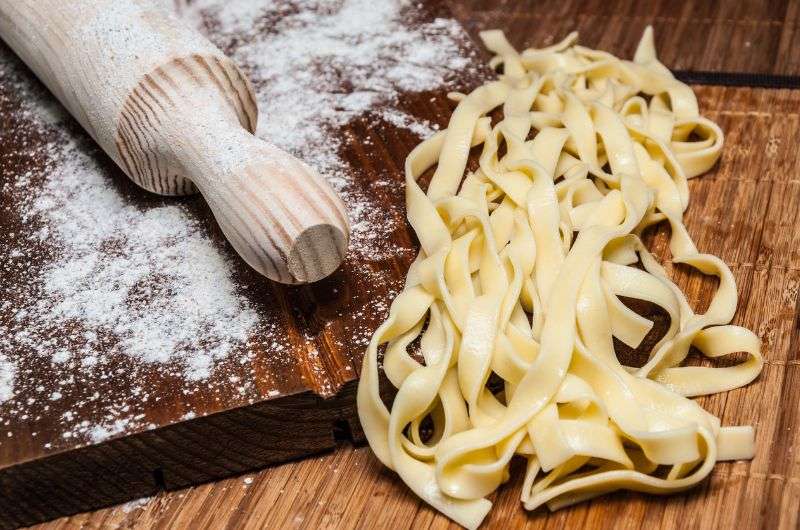
Homemade tagliatelle
8. There is mozzarella and "fior di latte"
What we’re used to call mozzarella isn’t usually the real one. It’s made from cow’s milk and Italians call it “fior di latte” which means a bloom of milk (as it’s made from the creamy part on the top). The proper one is made from buffalo’s milk and tastes differently.
Tip: If you want to buy the proper mozzarella, look for the “Mozzarella di Bufala Campana” trademark with a DOC sign. It’s short for Denominazione di origine controllata (controlled designation of origin) and it’s basically a guarantee of quality standard as well as the regional origin. Originally it was used only with wines but it gradually spread to food as well.
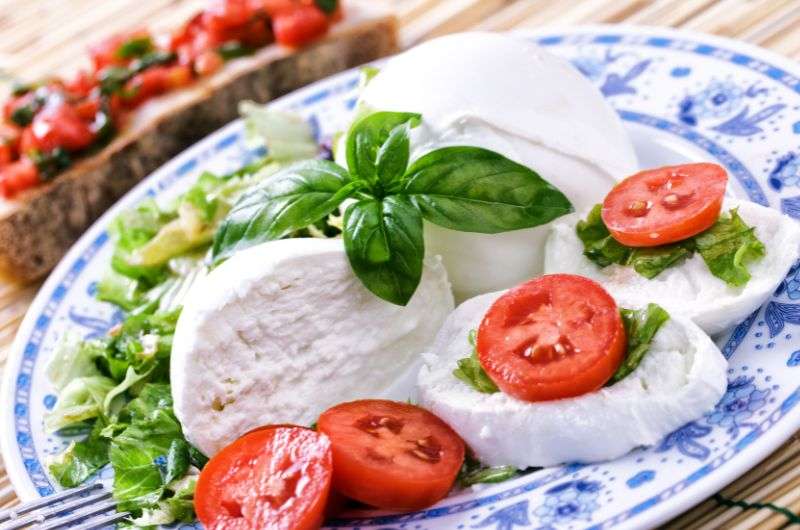
Delicious mozzarella
9. For a genuine local experience visit Trattoria or Osteria
Of course, you can simply eat in a restaurant, but if you want to enjoy the ultimate Italiane experience, you should find some Trattoria or Osteria. It’s usually a smaller, rustic, family-owned eatery, where the grandma cooks the local specialities while the kids are waiters. The prices are lower than in restaurants and there are no default menus as the offer changes according to what’s fresh on the market. Not only will you taste the home-made Italian dishes, but you get to talk to locals too.
Tip: My personal recommendation is Osteria Fransescana in Modena. Massimo Bottura, a three-michelin star chef makes a magic in the kitchen from the local fresh supplies.
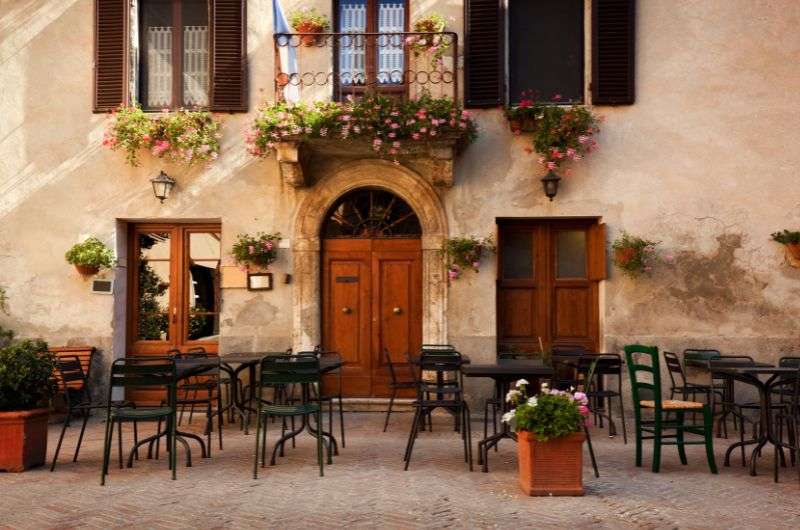
Traditional Trattoria in Italy
10. The proper lasagne is only from Bologna
Garfield's favourite dish is also from Bologna, or the region of Emilia-Romagna by extension. Firstly, the lasagne itself is not a dish, but a kind of pasta (the flat rectangular sheets). So if you are looking for the Garfield version, ask for Lasagne alla Bolognese, which is the traditional pasta layered with the beef ragout and cheese. Also, the correct spelling is lasagne not lasagna. It’s because the lasagna is one sheet of pasta and there are several of them in the dish. So the “e” in the end of the word indicates the plural form. There, now you can flex with your knowledge of Italian grammar.
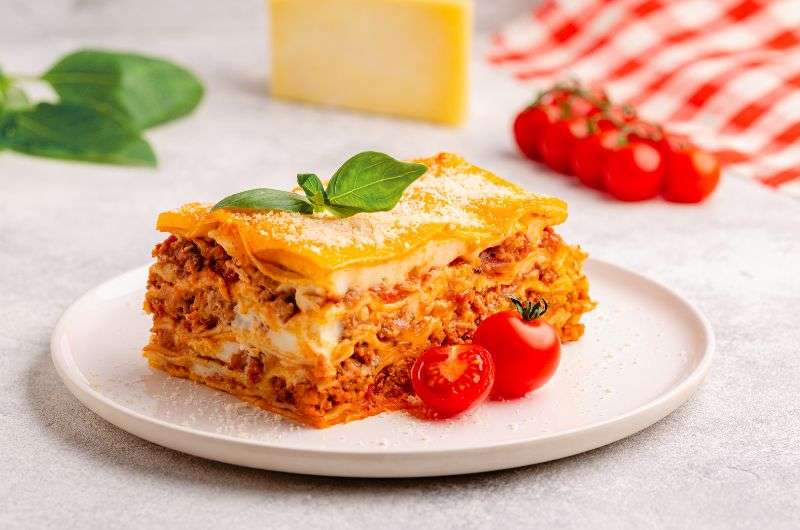
Bolognese lasagne
11. Sicily is the “sweet tooth kingdom”
As we said earlier, every region has its own signature dish or product. And Sicily is known as the master of sweet treats. Fact is, some of the Sicilian desserts are so sweet a normal mortal is going to get knocked by it. Granita with brioche for example. The sorbet-like dessert is a popular breakfast option in Sicily and it’s so decadent it will make your teeth hurt, but it’s delicious. Probably the most famous is Sicilian cannoli, the sweet fried pastry with ricotta filling, made famous all around the world by the Sicilian immigrants… and the Godfather—”Leave the gun. Take the cannoli.”

Sicilian cannoli
12. Italy produce more wine than France
Did you know that Italy is the biggest wine producer in the world? While France produces around 3,641,900 liters per year, Italy holds the record (as to 2021) with 4,250,000 liters a year. Perhaps the best-known wine region is Tuscany, where the vineyard tradition dates back to the 8th century BC. However, every single region in Italy produces its own wines. Veneto is famous for sparkling Prosecco, Emilia-Romagna is renowned for Lambrusco and Tuscany is home of the full red Barolo. When you’re not sure and want something local, ask for “vino della casa”. The waiter will offer you the local best from the small owners.
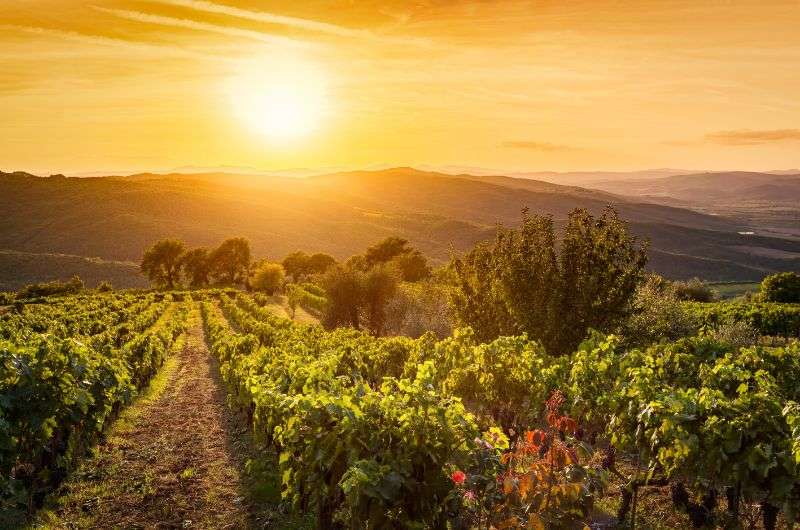
Italians make excellent wine!
This post contains affiliate links. I earn a small commission if you make bookings through my links, at no additional cost to you. Thank you for your support!
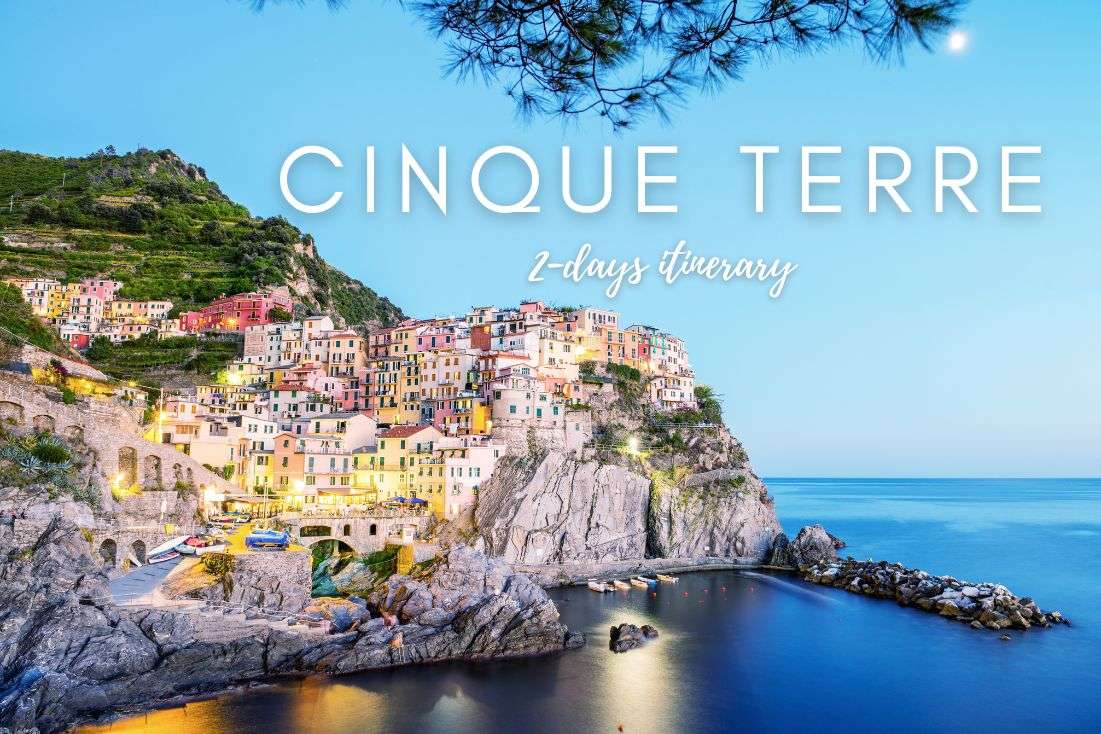
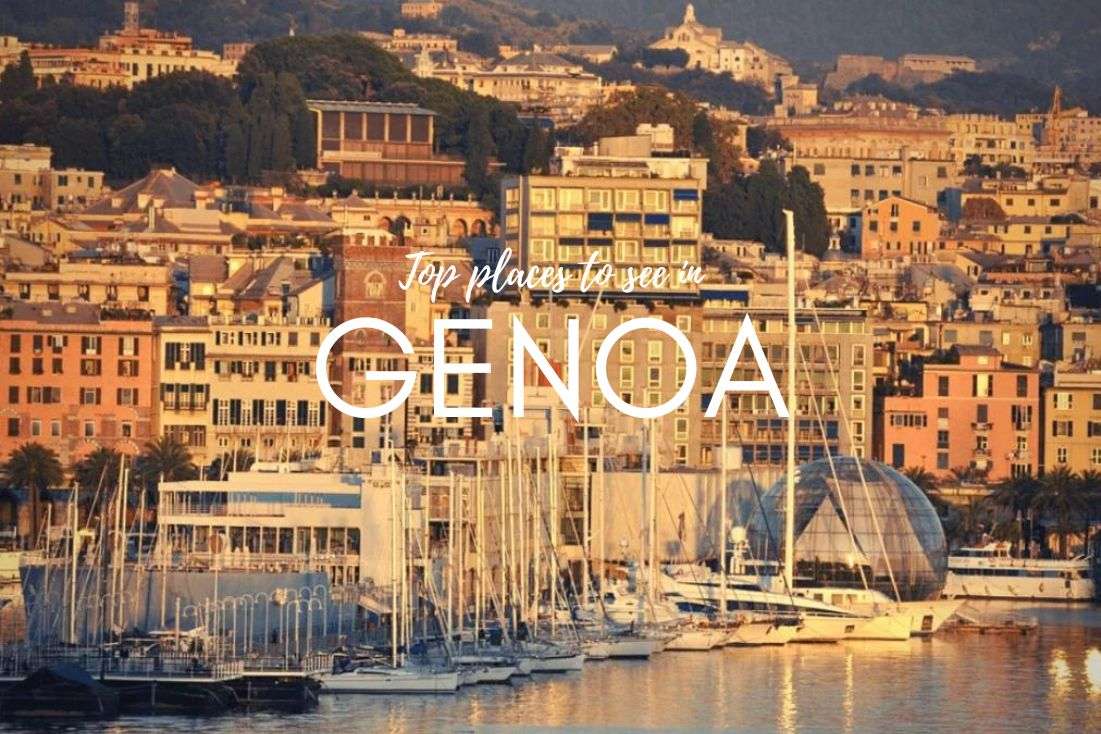
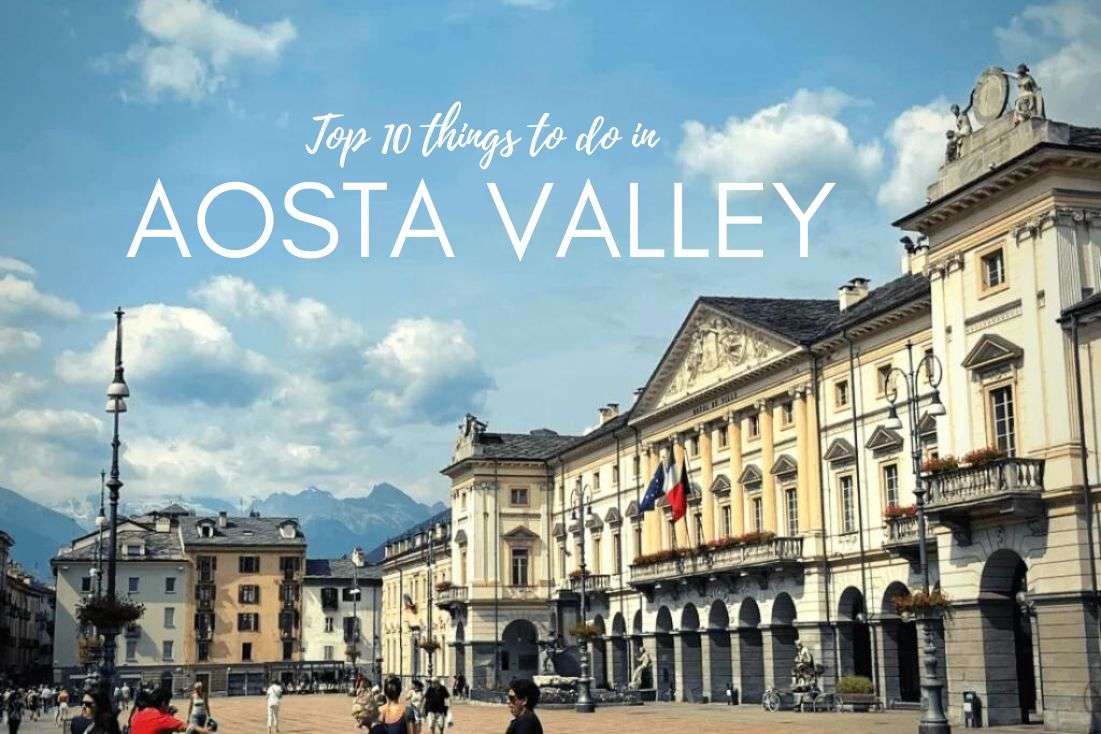




Comments
Thoughts? Give us a shout!